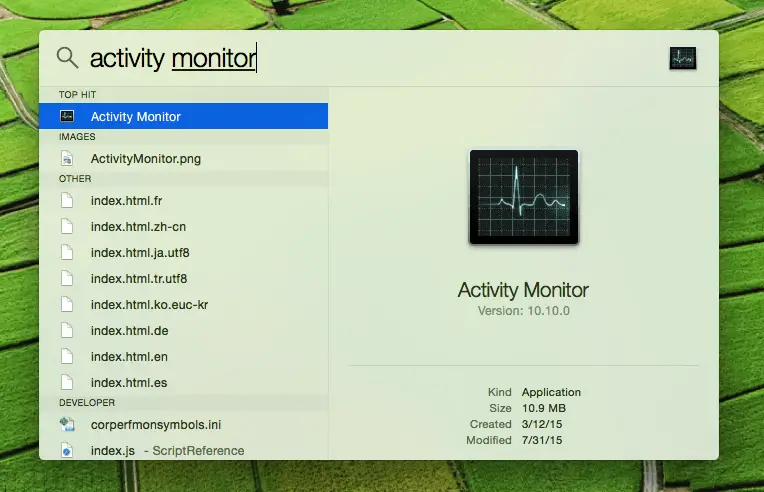
/article-new/2017/04/macproconcept3-800x533.jpg)
- #Macbook process monitor on top bar plus
- #Macbook process monitor on top bar series
- #Macbook process monitor on top bar mac
%CPU will showcase the current processor consumption of an application on your Mac.Īpplications will often be run using different Threads. This will help you determine if a problem is specific to a user account or system wide. In some cases this may read as root, or a user account name such as markgreentree.

The User column will present the user that has launched, and is running the application or service. The Process Name is simply the title of the application or service that is currently running. That is perfectly normal as the applications or services using those numbers have been quit during normal usage of your Mac. You will notice some numbers will be missing. When you restart your Mac, this information is reset. It proceeds from zero to an infinite number depending on when the application, or service, was launched. PID is the unique process identification number. Let’s take a quick look at the individual columns and remaining information found in the Activity Monitor, in order to establish their usefulness. You can also send the saved Sample Process text file to the developer, to illustrate the problems you are experiencing with their application. This is perfect way to locate intermittent failures you may experience, especially if they are difficult to reproduce. The Sample Process is essential to troubleshooting as you can save this information, run the application again, and then compare results. This option shows a very detailed view of every function happening behind the scenes whilst the application is running. The next key area is called Sample Process. The inspection area gives you a much more detailed overview of the selected application including memory usage, statistics, and the open files and ports that are currently in use by the application. Next to the Quit Process button, you will see Inspect. It is important to note that performing this function is the same as the Force Quit command. If you are sure an application or service is causing the problem, you can always highlight the application in the main window and click the red Quit Process button. It is therefore advised to limit the amount of background activity when using Activity Monitor to diagnose problems.
#Macbook process monitor on top bar mac
Whilst this is a good indication of where a problem may exist, your Mac may also reach these levels if you are performing processor intensive tasks such as video rendering.

In many cases 100% usage will be expressed.
#Macbook process monitor on top bar plus
If you are experiencing consistent crashing, in a particular application, you will notice the CPU percentage will be in the very high 90% plus region. The CPU time will present the elapsed time since the service or application launched. Plus, by right clicking on one of the title bar names, you can add additional fields to monitor such as CPU time. You are also able to sort information by other aspects such as the Process Name or Real Memory assigned.
#Macbook process monitor on top bar series
This series of options will allow you to further pinpoint and filter possible problem areas. This is easily changeable by clicking on the processes drop down menu. If you are using a User account you will be shown My Processes by default. If you are set up as the Administrator you will be shown All Processes. To locate the Activity Monitor on your Mac, proceed to Applications > Utilities, then launch Activity Monitor.īy default you will be presented with the CPU usage meter and a significant list of all the current running applications and services on your Mac. The Activity Monitor Utility reports on many aspects of your computers performance such as CPU, System Memory, Disk Activity, Disk Usage, and Networking. One way to find out which application, or service, is causing the problem is to view the Activity Monitor. There can be any number of reasons why this may occur. Whilst the Macintosh is renowned for its stability, occasional problems will occur that limit productivity and generally slow down the performance of your Mac.


 0 kommentar(er)
0 kommentar(er)
